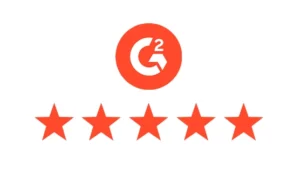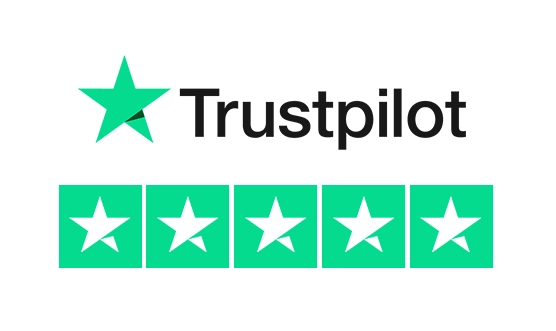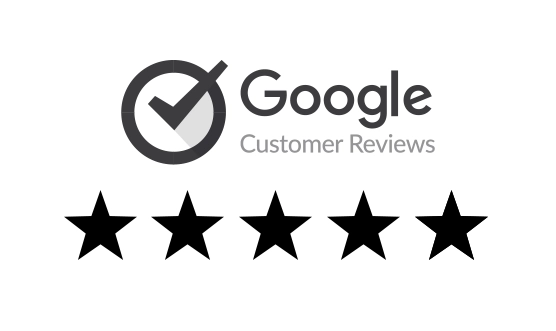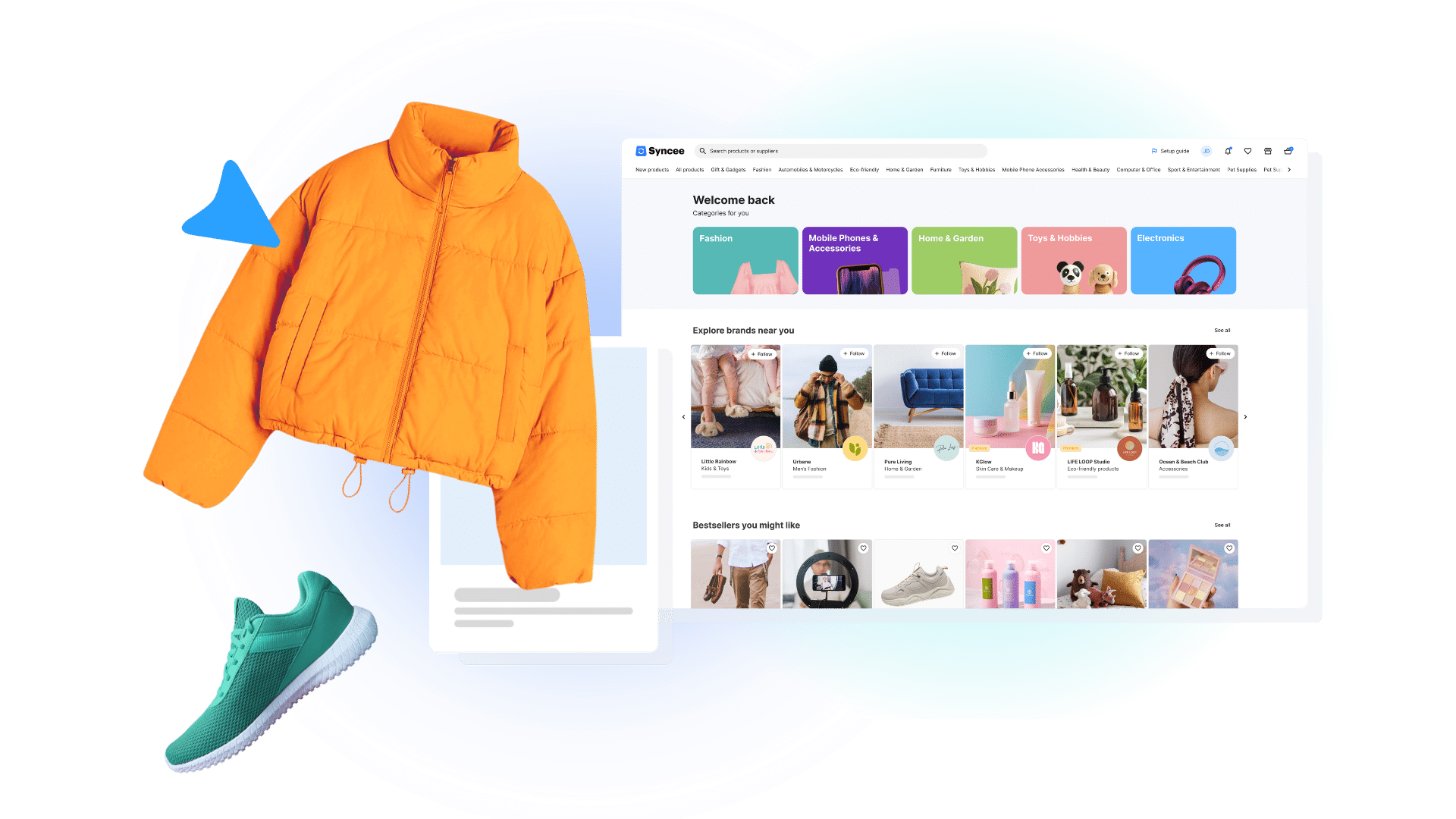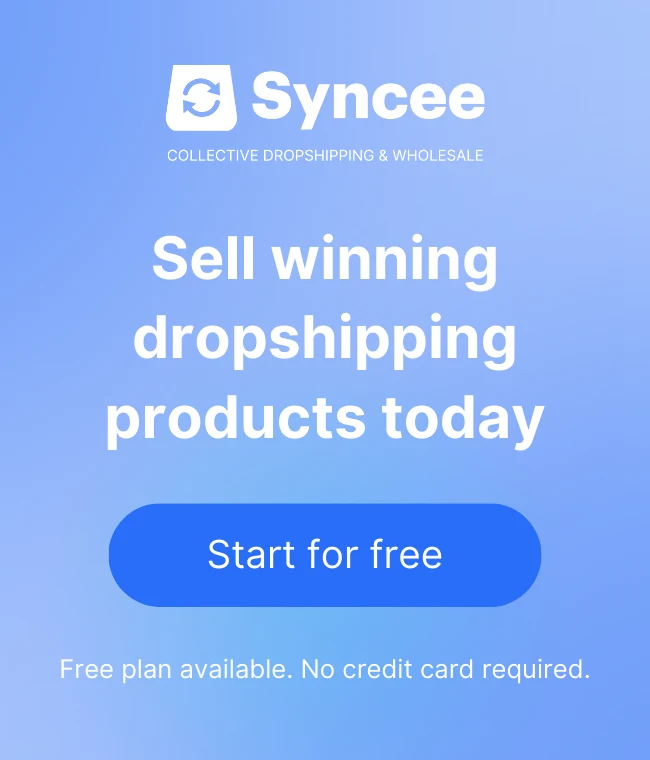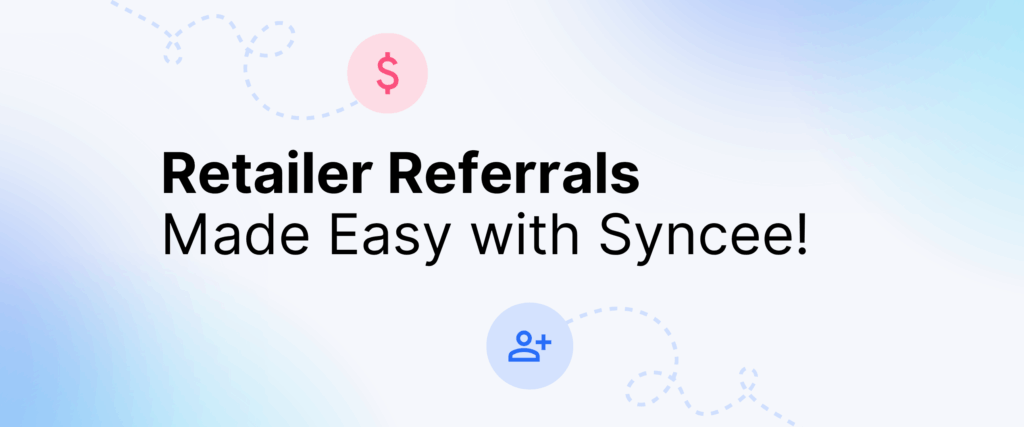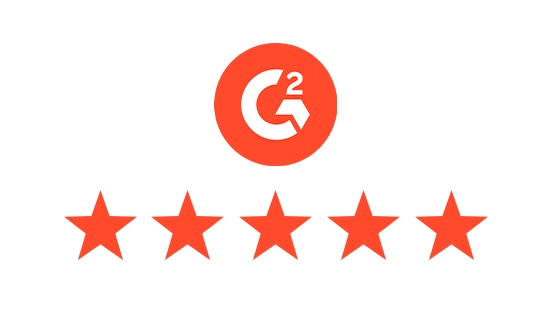As an e-store owner, it’s important to have a good strategy for your product pricing. Here you can read some basic tips about this process.
Whether you are just about to establish your retail business or being part of e-commerce for a long time, it’s good to know about the best practices of product pricing – you can learn the basics from the tips below and you can develop your present strategy.
Thinking about product pricing can be nerve-wracking because you definitely want to earn revenue, but it’s hard to decide what those matters are that can be repulsive or tempting for your potential customers. Developing your pricing method is important so that you can compete with other retailers and big marketplaces like eBay and Amazon.
Pricing in general – Tips and tricks
So what aspects you have to pay attention to while determining what price you should sell your products at? It’s not that easy. If you keep your prices low, it won’t bring you much income, and if you offer your products for a high price, you won’t get many orders. You have to steer clear of getting near the edge. But it’s your business to decide what direction you want to go on with your company. Keep in mind, it’s not just about low and high prices, you have to play like as if it was a game. The following strategies are mostly deployed by retailers. There are some methods below that are not only for determining your prices, they are also good for building up a store that can sell.
Calculating
As a basic step, you can just sit down with a paper, a pen, and a calculator when you already have your products’ data. At the first time you can define a basic price for everything (now saying it just in this easy way) but later you have to change those depending on specific occasions. You can find several formulas on the internet that can sometimes help and be useful, and sometimes not. Everything depends on your personal business and e-commerce actions. After you find out how much everything costs as for the wholesale price, maybe shipping and your other fees that have to return – consider all costs – you can count forth. Many say that the best is to make at least a 40% profit on the items you sell, a target of this margin at the minimum is the most beneficial, and many say 50% is the right proportion.
There’s a strategy, that is the process when the retailer simply doubles the wholesale cost, and this will be the price out there in the shop. However, sometimes this and the income can be too low or too high.
You may have to work differently with cheap and with expensive items. The cheaper it costs the profit margin needs to be – and can be – much higher than your cost. With expensive products, things are not the same, at best, the mark up is often approximately half as high as in the other way. Another point is that if you have a popular product that hundreds or thousands of others sell, you have to play more with the price, it’s a big contest. You’ll have to be a part of the discount game later, the market will determine the price. As we are here, we have to tell, it’s important to find why you are different, what you are better in.
There isn’t a perfect formula for everyone. It’s your business to decide what would be reasonably profitable for you as a unique seller.
Psychological tactics
In everyday life, there are many things how we can influence people without being noticed. E-commerce has this game too. It’s important to show potential customers that it’s worth buying from you, you have good offerings. You have to increase the likelihood of customers making the purchase.
Nine, nine, nine
One good method of this is a common thing that you can see all around the world. It’ about endings. If you put the .99 end at a price it looks like it’s less, and that it’s a good bargain. $6.99 looks better than $7.00. And for some reason, customers like odd numbers more than even numbers. For example, the previous example looks better than $7.99, $8.00. Number 9 is in a unique position everywhere. Which one do you like more: $34, $39, and $44? A research shows that people rather buy at $39 than $34, even if it’s higher. Interesting.
Loss leader pricing
In this pricing strategy, a product is sold at a price below its market value, the bought-in cost, to stimulate other sales of more profitable goods or services. A leader can mean any highlighted, popular goods. This strategy attracts customers who will make up for the losses on other profitable goods, with additional purchases.
So what is this marketing/sales promotion strategy? If you are thinking about putting a product at a lower price, remember that it’s not just about that specific product, it’s about everything else. One cheaper product has effects on others that customers maybe also buy at the normal price. It can be because they feel like “okay, I buy it at a lower price so I have more money, I can spend it on other articles”. After that, they are going to leave more money in your store than usual, just because they went there to buy that one discounted product… If you rise other items’ price’s a bit, it will have an effect on your entire sale.
Discount
What do you think, when does a customer clicks on an ad more likely, if he reads “Buy Quality Sunglasses Here” or if he reads “Buy Quality Sunglasses Here Up To 30% Off”? You guess right.
If people see markdowns, they click because they love rebates. You can do sales when it’s something seasonal or you have a birthday, or even if it’s just a normal period with no significant event nearby. Increasing traffic is always necessary and most people are price-sensitive.
Why can discounts be good for you besides increasing traffic? You can offload unsold inventory, you can show how much you care about keeping buyers wallet thick, you can build stronger client relationships, and you not just increase traffic, you increase sales too.
It doesn’t have to be a loss of income, quite the contrary! You probably know the trick… When you know there will be a discount, a few weeks before that, you can start to raise prices, unobtrusively. And when it’s time to take the discount on the product, the prices won’t be that low. You also have to have good merchandising strategy while making discounts.
But take care! Don’t use discounts too often, do not always bother potential customers.
Multiple pricing
It’s clear. And it’s about bundling products. You sell a product and you put another one with it. Product bundling is offering several products for sale as one combined product, for a single price.
For example, when you offer more than one product for a single price, it can be like you are selling a PlayStation console and bundle a certain new game with it. This can be a good tactic but as a lot of things, it can have disadvantages. The value can be highly perceived and this can drive larger volume purchases, but after a while, you can have trouble trying to sell those products individually at a higher price.
Anchor pricing
This technique is about something people like to see. About something that makes them consider buying the product. Because now it’s more worthwhile. Anchor pricing means you both show the sale price and the original price too so that customers can see how much money they can save on that product.
Checking competitors
When you establish a retail company and have no past in e-commerce, it’s obvious that you will check how competitors from the same field do their stuff. You can check the prices of their products, you can see what tactics they use to increase sells. You can learn from everything that you see.
Concerning below competition, it means that you use the competitors’ pricing data and make the prices of the products lower than it’s at the others.
With above competition, you consciously price your products above others. In this way, you brand yourself being more exclusive. But you have to be aware of your place on the market and you have to find out why you are better than your competitors and show this message to consumers – e.g. responsibility, quality, excellent customer service. If you’ve just now established your store, this method probably wouldn’t be the best to choose, but there are no rules for anything.
Unique Selling Proposition
It’s also known by its shorter name, in the abbreviation, USP. We’ve already talked about it, we just didn’t say the name of this. Well, this point is not directly for pricing, but it’s worth to consider all in all. Unique selling proposition refers to that certain factor that shows your individuality, the reason why you are different from others, why you are exclusive. You can think about the whole market, the whole industry, your location, your audience or anything.
So, sit down and ask yourself: what makes me different? You should know, every company, so stores too, has to determine this value proposition. Why is it here, where we’re talking about pricing? It’s because if you know your value, you can determine the most relevant product prices in your store.
Terms you need to be familiar with
Price / Wholesale Price / Wprice:
This is the cost of the products that webshop owners pay to the wholesaler/supplier.
Suggested Retail Price (SRP) / Sprice / Retail Price / Recommended Retail Price (RRP) / Manufacturer’s Suggested Retail Price (MSRP):
This is the price the wholesaler recommends you, webshop owners, to use in their store. You should consult your supplier’s Terms and Services, because it may contain critical information, like whether you are allowed to sell the product at a lower price than this. This is the first thing you should do when you start to sell the products of a new wholesaler.
MAP / Minimum Advertised Price:
This is the lowest price at which you can advertise products for sale in your store. It creates a balance between value and marketability.
Street Price:
This price is the one that you can see in shops. This is the highest price among all.
Compare at Price:
This is what appears in your shop as an older, higher price when you would like to offer a discount for the customers. They can compare the old price with the new, discounted price and decide accordingly.
We learned some of the information above from Shopify’s Blog.



